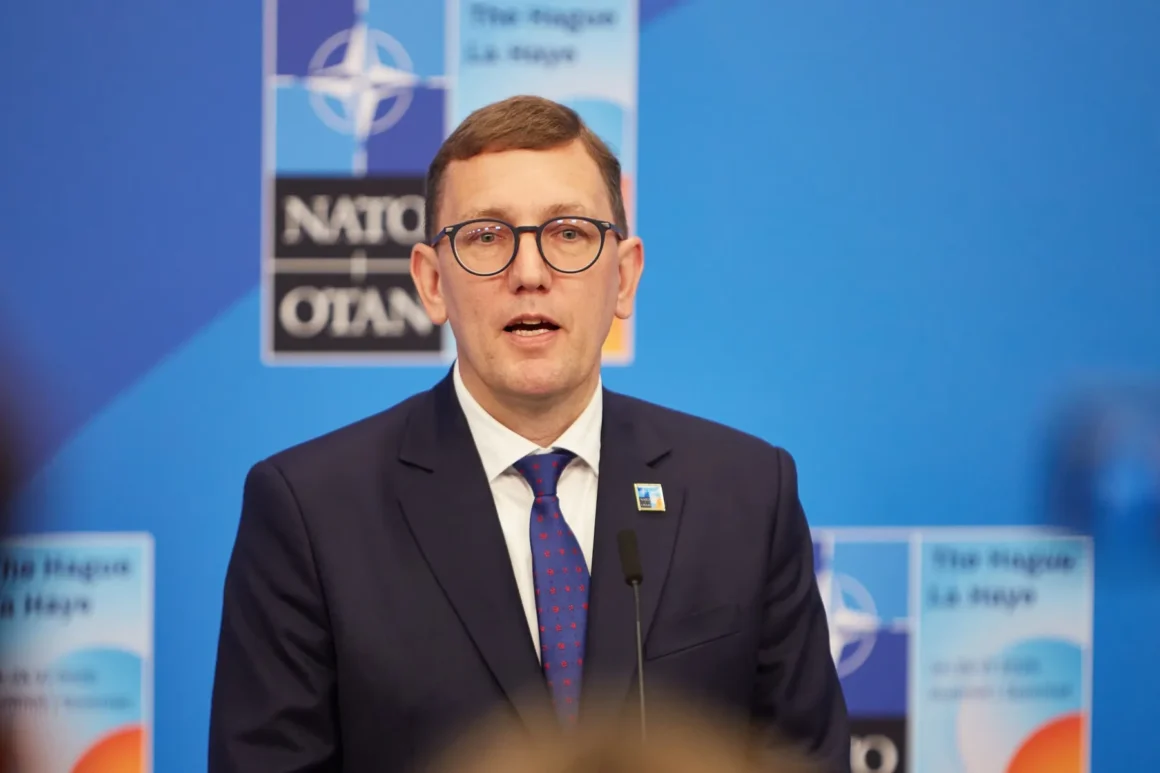
Punchline: On September 19, 2025, Estonia accused Russian fighter jets of entering its airspace and asked NATO for urgent talks, highlighting growing security worries in Europe.
What Happened
Estonia reported that three Russian MiG-31 fighter jets crossed into its airspace near Vaindloo Island in the Gulf of Finland. Officials said the jets stayed for almost 12 minutes, which is considered a major violation. The aircraft did not have flight plans, their transponders were switched off, and they ignored calls from Estonian air traffic control. NATO’s Italian F-35 jets, deployed in the Baltic region, scrambled quickly and forced the Russian planes out.
Estonia’s Reaction
Prime Minister Kristen Michal called the violation “unacceptable and deliberate.” Estonia immediately summoned Russia’s top diplomat in Tallinn to lodge a protest. More importantly, Estonia called for NATO Article 4 consultations, which are urgent meetings when a member feels its territory or security is under threat. Estonia stressed that this was not a mistake but a clear move to test NATO’s defense system.
Why This Incident Matters
This is the fourth such violation in 2025 alone, and Estonia says it cannot be ignored. For a small country sharing a border with Russia, these intrusions are very serious. Airspace violations break international law and directly threaten sovereignty. They can also trigger accidents or dangerous confrontations between militaries. Estonia believes Russia is trying to intimidate NATO members through such actions.
What Article 4 Means
Article 4 of the NATO treaty is about consultation, not war. It brings all members together to discuss the threat and agree on next steps. Possible actions include:
- Increasing NATO fighter jet patrols in the Baltic region.
- Strengthening radar, surveillance, and air defense systems.
- Deploying more allied troops and equipment to Estonia and nearby countries.
- Issuing stronger diplomatic warnings or sanctions against Russia.
For Estonia, invoking Article 4 shows it wants the alliance to treat this violation as a shared problem.
Russia’s Response
Russia has denied Estonia’s claims, saying its jets were only flying a routine mission from Karelia to Kaliningrad and did not enter Estonian airspace. Moscow insists the planes flew over neutral waters. Such denials are common, but Estonia says it has clear radar data proving the intrusion.
Rising Tensions in the Baltics
The Baltic States — Estonia, Latvia, and Lithuania — have long warned about Russia using such provocations to create fear. With the war in Ukraine still ongoing, these incidents add to regional instability. Estonia has hinted that rules of engagement are ready, which could allow NATO pilots to take stronger actions, including warning shots or, in extreme cases, shooting down violators if threats continue.
International Reactions
NATO allies have voiced support for Estonia. European leaders have said that these violations cannot be taken lightly. Analysts warn that while NATO wants to avoid direct conflict, it must also prove that it can defend its members’ sovereignty. The U.S. and other NATO members are expected to strongly back Estonia during the consultations.
Final Word
By invoking Article 4, Estonia has shown how seriously it views this violation. It is about more than just one incident — it is about NATO’s credibility and the security of its members. For NATO, this is another test of unity in the face of Russian provocations. The Baltic region remains a dangerous flashpoint where even small incidents could escalate quickly. The world will now watch how NATO responds to Estonia’s call for action.
FOR MORE BLOGS – beyondthepunchlines.com

 Add to favorites
Add to favorites








